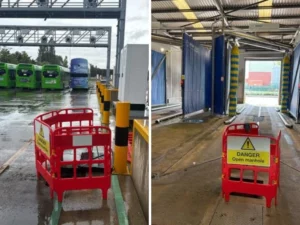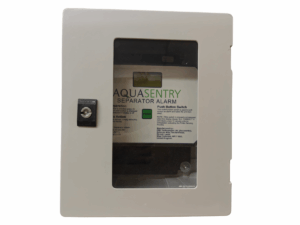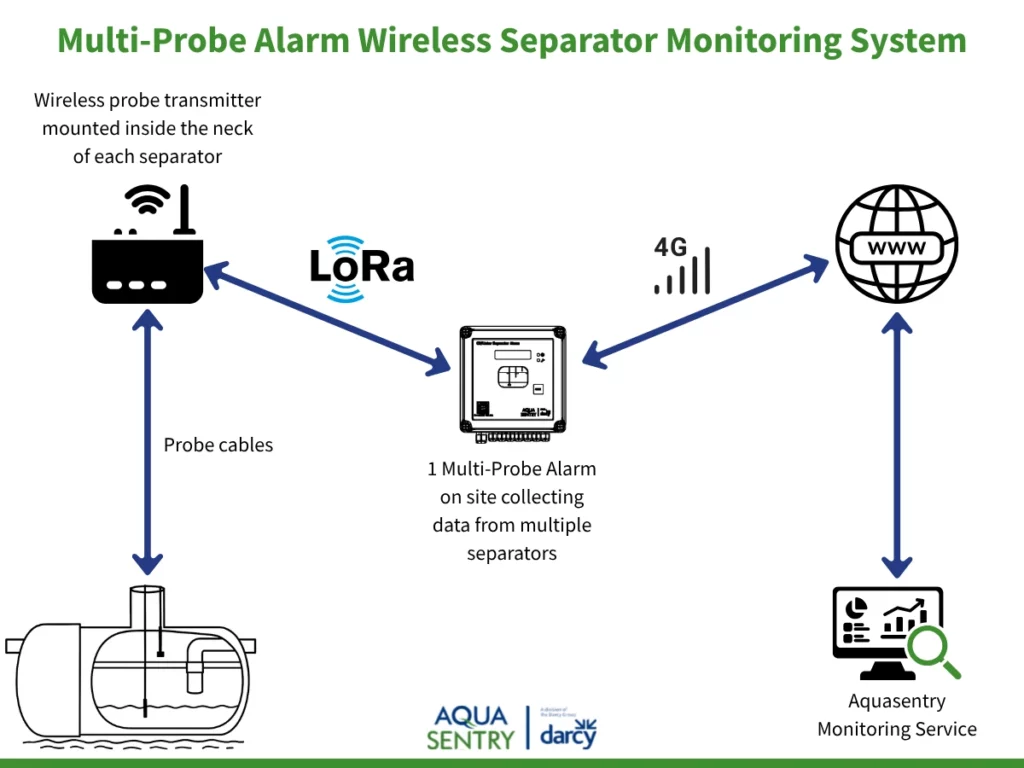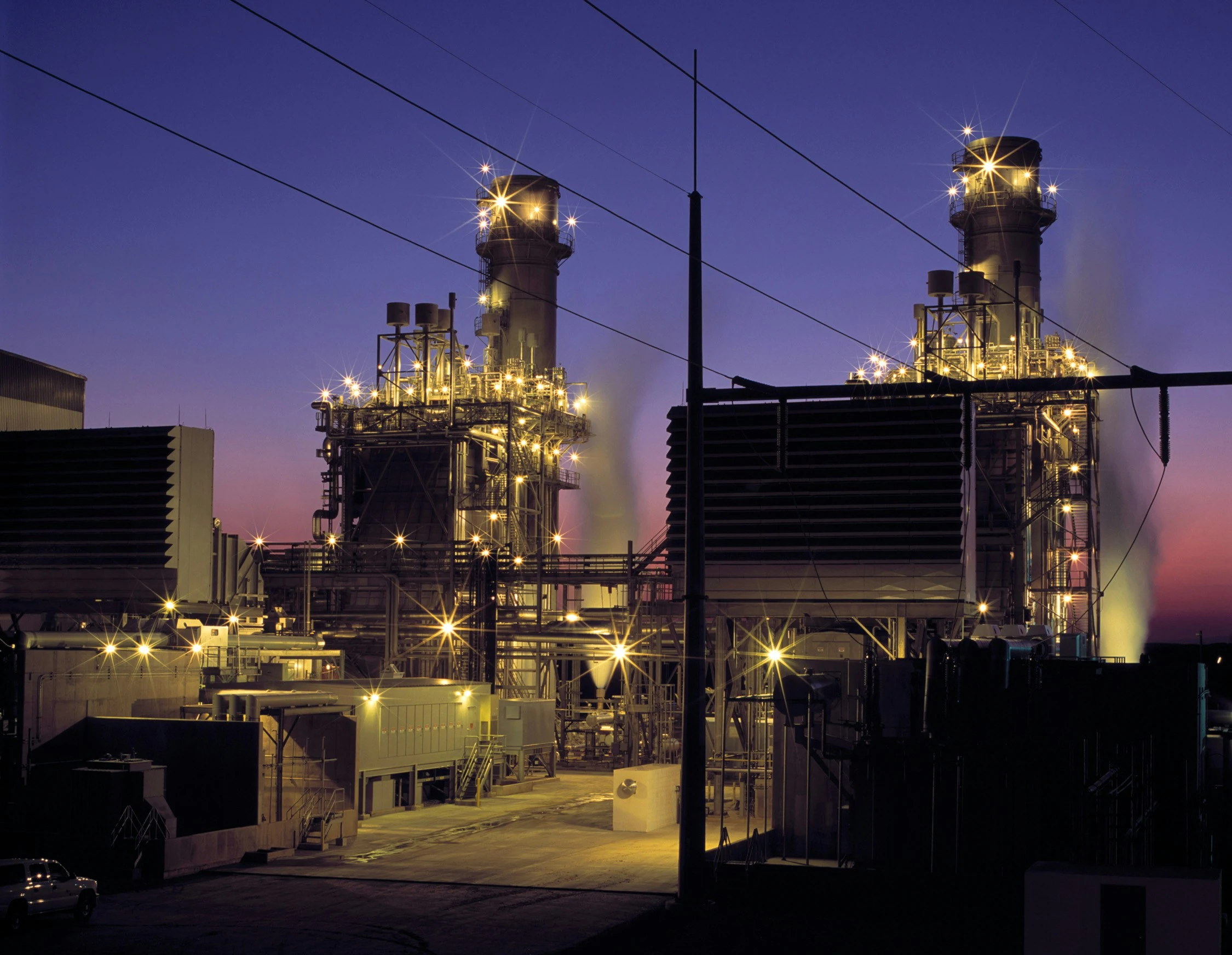
What Are Wireless Alarms and Why Do They Matter?
Liquid monitoring alarms, such as those used in oil and grease separators, are incredibly useful bits of kit. Their main purpose is to alert site staff when separator tanks need to be emptied, preventing overflow and the discharge of pollutants into the sewer.
Improper maintenance by an organisation of its separators would be viewed by enforcement agencies, such as the Environment Agency (PPG3) and SEPA (GPPG3), as the organisation allowing a pollution incident to occur. As such, it’s vital to uphold a regular maintenance schedule and keep records.
Installing separator alarms gives you the time to take corrective action before an incident occurs, therefore mitigating the risk of a pollution incident as well as the associated clean-up costs and potential prosecution, which can lead to fines of up to 100% annual profits, up to five years imprisonment and untold reputational damage.
Find out more about oil water separator alarms
Traditional alarms often require groundworks, ducting and disruption to operations. Wireless alarm systems remove these barriers.
Real-World Use Cases for Wireless Alarms
Installing Wireless Oil Separator Alarm Systems to Reduce Waste Management Costs
One of the UK’s largest bus operators, First Bus Group Plc, has oil water separators installed at its depots across the UK to help prevent pollution. Previously, First Bus relied on a scheduled tanker service to empty the separators, regardless of whether it was needed. Swapping existing separator alarms over to wireless separator alarm systems has enabled centralised remote monitoring and a 57% reduction in waste management costs.

Read the full case study to find out more.
Avoid Disruption in Critical Infrastructure
Wireless separator alarm systems are often chosen by power networks. The wireless systems are installed without having to dig up the substation, and prevent any operational downtime that groundworks might cause. The sensors are simply installed into the tank chamber, and the control panel is attached to a nearby wall.
Challenging Installations
Wireless separator alarm systems are ideal for installation in challenging sites such as:
- Where the interceptor would be a long way from the control panel
- Sites where ducting isn’t feasible, as it would involve digging up newly laid concrete, for example
- Urban/high traffic areas where groundworks would require permits, traffic management, and cable avoidance.

Key Benefits of Wireless Alarm Systems:
- No groundworks required – save cost, avoid disruption
- Fast installation – minimal downtime for operations
- Flexibility – install where cabling is impractical
- Safety – avoid risks of digging around unknown underground utilities
- Cost-efficiency – avoid permits, traffic management, and extensive labour
- 24/7 Remote monitoring – wireless alarm systems connect to an internet-based monitoring system, which can alert users when separators need to be emptied or serviced and if there are any faults with the alarm system.
How Wireless Alarm Technology Works
Our existing wireless alarms rely on a mobile data signal to connect alarms to the control unit. One control panel can receive data from up to two separators. The unit automatically checks the condition of the probes and batteries every 15 minutes. Any probe condition changes or a low battery condition are notified via email or text message. A manual probe check can also be initiated at any time by pressing a button on the front of the unit. The systems are self-contained with the alarm unit, transmitter and battery power source housed together for easy installation.
Wireless alarms are battery-powered, so they can be installed anywhere without needing to consider connecting them to mains power. The batteries can be easily replaced, although their typical lifespan is normally more than two years. The systems are designed for long-term reliability.
What’s Next for Wireless Alarms?
Our next iteration of wireless alarm (launching mid-2026) will use LoRa (Long Range), a type of wireless communication technology designed for connecting devices over long distances with very low power consumption. Unlike Wi-Fi or mobile networks, LoRa is specifically built for the Internet of Things (IoT), where small sensors and alarms need to send small amounts of data reliably, without draining batteries quickly.
Key Features of LoRa:
- Low Data Rates – sends small packets of data (like an alarm signal)
- Secure – uses encryption for safe data transmission
- Scalable – multiple probe transmitters can feed into one control panel
- Future-proof – integrated with cloud platforms for remote monitoring.
LoRa makes wireless alarms even more practical, reliable and cost-effective, especially for hard-to-reach or distributed sites.
How Will the New Aquasentry Wireless Separator Alarm Systems Work?

The new wireless separator alarm is still under development, but it’s expected to work as follows:
- The probes inside the separator tank will be connected to a wireless probe transmitter mounted inside the neck of the separator
- The data from the probes will be sent via LoRa to a multi-probe alarm control panel on-site
- Multiple transmitters can feed into one control panel
- The control panel will send the alarm data via a 4G connection to the Aquasentry server in the cloud
- From here, the data will reach the Aquasentry Monitoring Service, which is accessed by customers via their web browser.
Conclusion: Why Choose Wireless Alarms for Your Site
Wireless alarms are transforming how industries protect assets and manage environmental compliance. They make projects possible where traditional mains-powered alarms wouldn’t be viable or where the cost of such installations would be prohibitive.
Be the First to Learn When the New Aquasentry Wireless Alarm Is Available to Order
To register your interest in our latest innovation in wireless alarms, fill in the enquiry form below and we’ll be in touch with further information as soon as we have it.
Table of Contents
- What Are Wireless Alarms and Why Do They Matter?
- Real-World Use Cases for Wireless Alarms
- Key Benefits of Wireless Alarm Systems:
- How Wireless Alarm Technology Works
- What’s Next for Wireless Alarms?
- Conclusion: Why Choose Wireless Alarms for Your Site
- Be the First to Learn When the New Aquasentry Wireless Alarm Is Available to Order
Sign up for the latest news and offers


